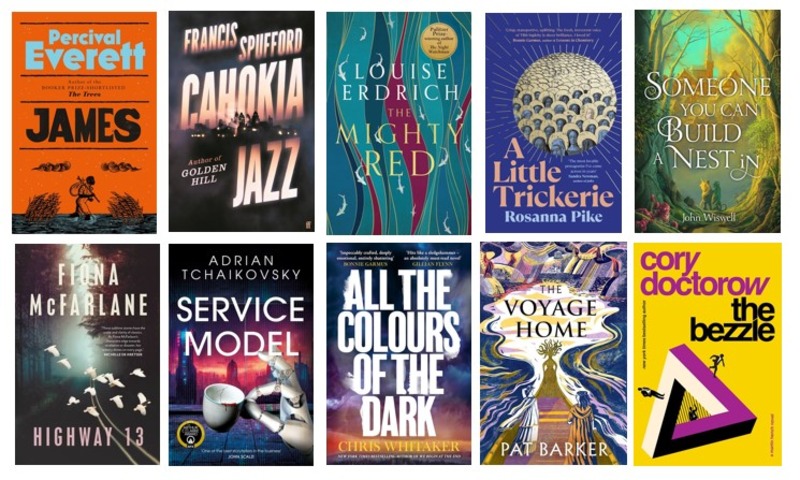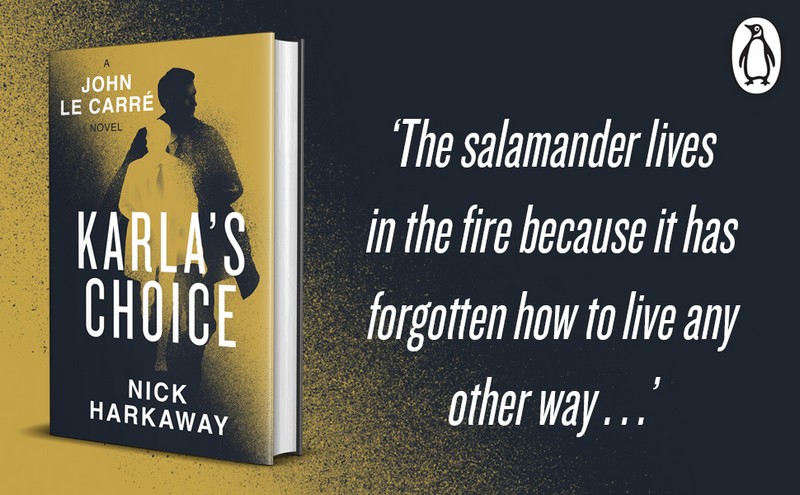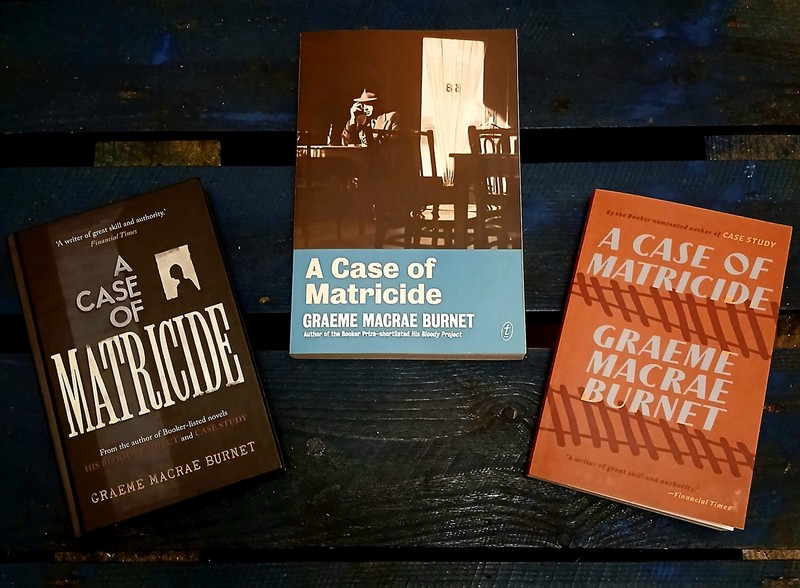 Colson Whitehead deservedly won the Pulitzer Prize (and a bunch of other awards) for his previous two novels. Both detailed tragic times in the history of America: The Underground Railroad (2016) was a dark fantasy on responses to slavery, while The Nickle Boys (2019) explored the impact of institutionalisation and the associated abuse of young Black offenders in the 1960s. Harlem Shuffle explores another historical place and time with no less skill but a decidedly lighter touch.
Colson Whitehead deservedly won the Pulitzer Prize (and a bunch of other awards) for his previous two novels. Both detailed tragic times in the history of America: The Underground Railroad (2016) was a dark fantasy on responses to slavery, while The Nickle Boys (2019) explored the impact of institutionalisation and the associated abuse of young Black offenders in the 1960s. Harlem Shuffle explores another historical place and time with no less skill but a decidedly lighter touch.
Harlem Shuffle opens in 1959. Ray Carney is in the furniture business, although not all of his furniture is strictly legitimate. While his father was a well-known gangster, Carney is:
… only slightly bent when it came to being crooked … nothing that attracted undue attention to his store … If he got a thrill out of transforming these ill-gotten goods into legit merchandise, a zap-charge in his blood like he’d plugged into a socket, he was in control of it and not the other way round.
But this sideline to his business does make him vulnerable. And when in the ‘The Truck’, the first of the novel’s three parts, Carney’s more bent cousin Freddie comes by and tells Carney he has volunteered him to be the fence for a heist he is involved in, Carney can do nothing other than go along. So begins a heist story in which nothing goes according to plan.
The next section, ‘Dorvay’, jumps forward to 1961 and finds Carney in the middle of a complex plan of revenge and retribution. In the final part of the novel, set in the aftermath of the Harlem riots in 1964, Freddie reappears and drags Carney back into the thick of things, this time dealing with criminals much higher up the food chain, including the powerful Van Wyck family.
Harlem Shuffle is a story of ambition and the American dream. Ray Carney has his legitimate business that he wants to succeed and grow ( albeit supported by a criminal sideline):
The way he saw it, living taught you that you didn’t have to live the way you’d been taught to live. You came from one place but more important was where you decided to go.
Carney has ambitions to move his wife and family from their tiny apartment below the train tracks to something grander on Riverside Drive. And while his dreams are partly funded by his ‘bent’ side, he finds, as he climbs the greasy pole of success, that everyone he deals with is ultimately a little bent themselves and it is all about learning the rules of the game:
All over the city there were people like them, a whole mean army of schemers and nocturnal masterminds working the rackets. Thousands and thousands toiling and plotting in their apartments and SROs and twenty-four-hour greasy spoons, waiting for the day when they will bring their plans into the daylight.
Harlem Shuffle is filled with shady but relatable characters. From Carney’s disreputable cousin Freddie, to Pepper, his father’s old offsider and war veteran, to Moskowitz, the fence who teaches Carney how to value the jewellery he brings so that he is not ripped off, to the policeman who comes to collect every month on behalf of the local mobster. But despite all of this, and his own inner darkness, Ray Carney is still a protagonist that readers can both cheer for and worry about as he overcomes adversity while becoming more deeply enmired in the criminal web that seems to cover the city.
Throughout the narrative, Whitehead brings the neighbourhoods and people of Harlem in the early 1960s to life. He paints a vivid picture of the city from the shops to the diners and the clubs. But it is also a city that is changing – the old elevated railway is being torn down, the World Trade Centre is about to be built and progress is in the air.
While Whitehead may be a little more laid back in Harlem Shuffle, and revels in the tropes of the crime genre, this only serves to make his underlying commentary stand out more. The second part of the novel revolves around the idea that Carney cannot become a member of the Dumas Club, a local black businessmen’s club that even his father-in-law belongs to, because he is not the right sort and the club has a ‘reputation’. The final story shows Carney just how high the system of corruption goes. More visible, but no less effective, is the background of that story, the Harlem riots of 1964. Even 50 years later, the event that instigated it is all too familiar:
What had started it, this mess of a week? A white cop shot an unarmed black boy three times and killed him. Good old American know-how on display. We do marvels, we do injustice, and our hands are always busy.
As is its conclusion:
Harlem had rioted – for what? The boy was still dead, the grand jury cleared Lieutenant Gilligan, and black boys and girls continued to fall before the nightsticks and pistols of racist white cops.
Colson Whitehead might be best known now for his last two books but he is no stranger to using genre, as in his 2011 zombie apocalypse novel Zone One. In Harlem Shuffle he puts his own spin on the tropes and traditions of the crime novel, in particular heist narratives. He delivers both an engaging and tense crime narrative while also bringing to life a time and place. But more than that, Whitehead continues to use his stories to highlight the historical and ongoing challenges faced by Black communities in America. To once again make the point that no matter how far that society has come towards righting the wrongs of the past, there is still a long way to go.
This review first appeared in Newtown Review of Books.
Robert Goodman
For more of Robert’s reviews, visit his blog Pile By the Bed
Other reviews you might enjoy:
- Crook Manifesto (Colson Whitehead) – book review
- Top 5 books of 2021
- The Rumor Game (Thomas Mullen) – book review

Robert Goodman is a book reviewer, former Ned Kelly Awards judge and institutionalised public servant based in Sydney. This and over 450 more book reviews can be found on his website Pile By the Bed.



